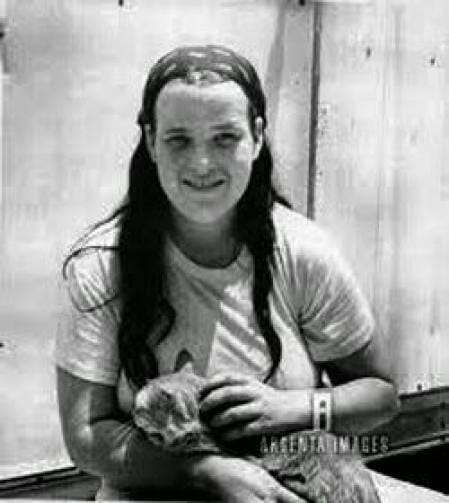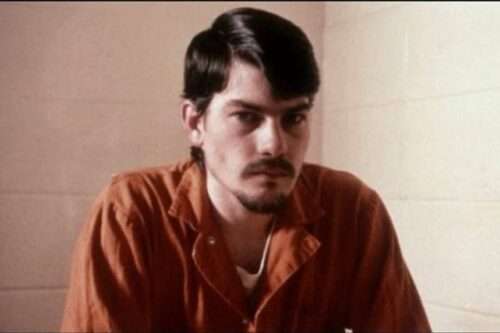Israel Keyes Serial Killer
Israel Keyes was a serial killer who is responsible for a series of murders, sexual assaults, robberies and arson across the United States. Israel Keyes who would finally be arrested in Alaska would commit suicide before his trial so his true number of victims will never be known. In this article on My Crime Library … Read more








